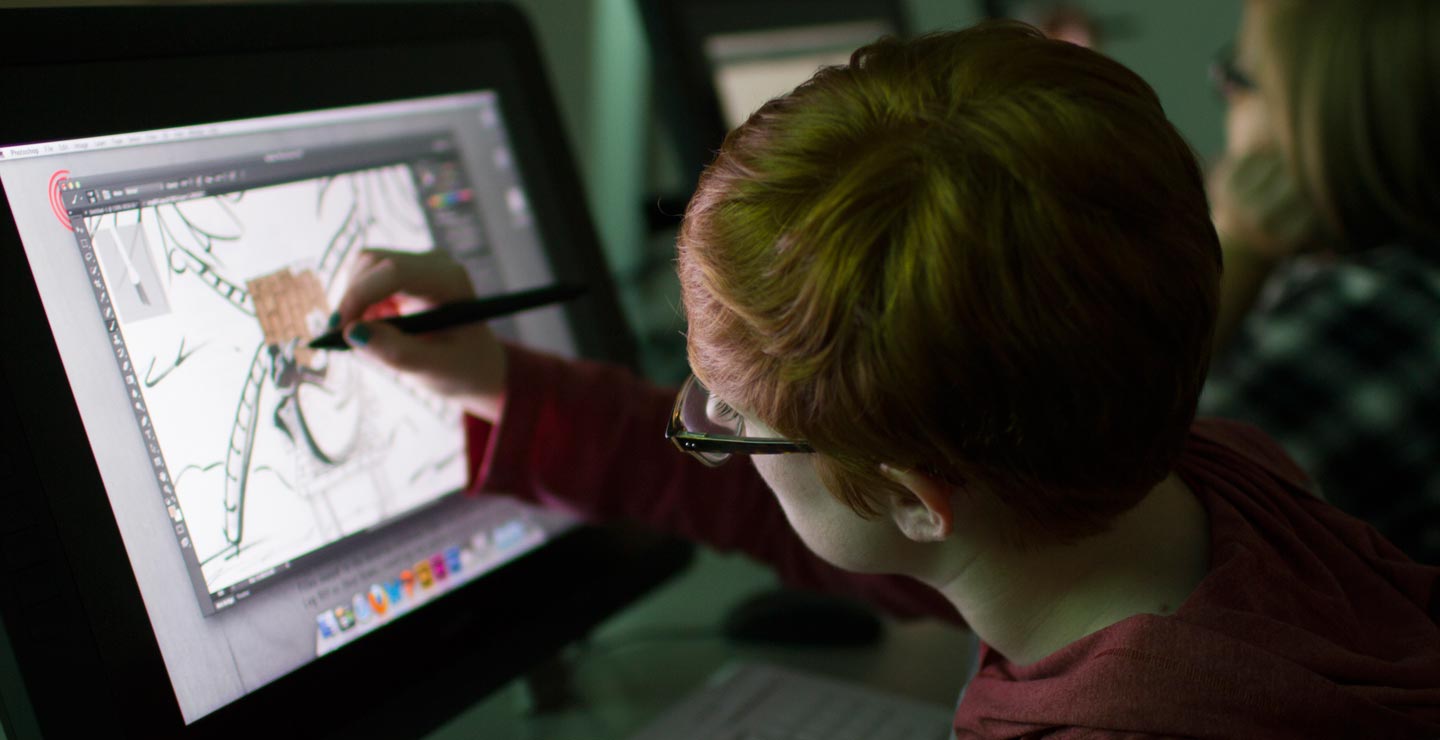- BROWSE
- Undergraduate
- schools with
- all programs
- in
- any region
- BROWSE SCHOOLS
- Undergraduate
- schools with
- all programs
- in
- any region

Calgary, AB
Cincinnati, OH
Pasadena, CA
San Francisco, CA
Valencia, CA
Cleveland, OH
Detroit, MI
Chicago, IL
Columbus , OH
Vancouver, BC
Kansas City, MO
Laguna Beach, CA
Cambridge, MA
Portland, ME
Baltimore, MD
Boston, MA
Beverly, MA
Philadelphia, PA
Halifax, NS
Toronto, ON
Los Angeles, CA
Portland, OR
Lancaster, PA
Providence, RI
Sarasota, FL
New York, NY
Burbank, CA
Valencia, CA
Columbus , OH
Vancouver, BC
Minneapolis, , MN
Brooklyn, NY
Chicago, IL
New York, NY
